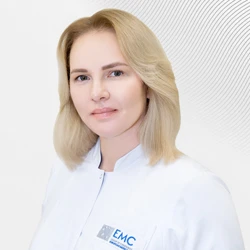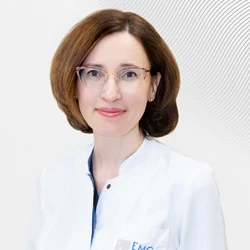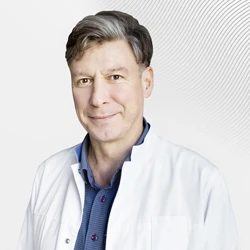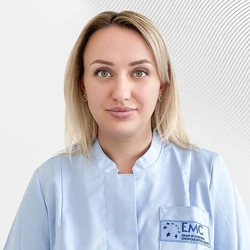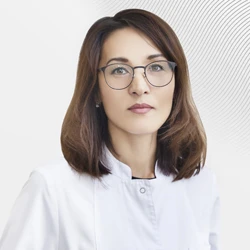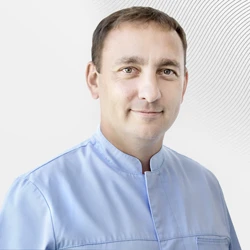Sinusitis in children: symptoms, diagnosis, treatment
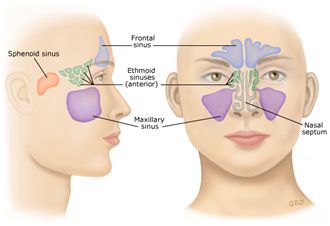 The paranasal sinuses are air cavities connected to the nasal cavity, which are located as part of the facial skeleton. The paranasal sinuses are necessary to moisten, warm and purify the inhaled air. The mucous membrane that lines the sinuses is a continuation of the nasal mucosa and consists of a ciliated epithelium that drains from the sinuses due to the movement of the cilia. There are maxillary sinuses (or maxillary sinuses), latticed (or ethmoidal), frontal (frontal) and sphenoid (sphenoidal, or main) sinuses. Sinusitis is an inflammation of any of the paranasal sinuses, and sinusitis is the most common type of sinusitis in which only the maxillary sinuses become inflamed. In medical practice, the term "sinusitis" is used because along with inflammation of the maxillary sinuses, an inflammatory process is often diagnosed in other sinuses.
The paranasal sinuses are air cavities connected to the nasal cavity, which are located as part of the facial skeleton. The paranasal sinuses are necessary to moisten, warm and purify the inhaled air. The mucous membrane that lines the sinuses is a continuation of the nasal mucosa and consists of a ciliated epithelium that drains from the sinuses due to the movement of the cilia. There are maxillary sinuses (or maxillary sinuses), latticed (or ethmoidal), frontal (frontal) and sphenoid (sphenoidal, or main) sinuses. Sinusitis is an inflammation of any of the paranasal sinuses, and sinusitis is the most common type of sinusitis in which only the maxillary sinuses become inflamed. In medical practice, the term "sinusitis" is used because along with inflammation of the maxillary sinuses, an inflammatory process is often diagnosed in other sinuses.
Children have only latticed and maxillary sinuses from birth, then wedge-shaped ones begin to form by the age of two, and by the age of seven the rudiments of the frontal sinuses appear, which fully develop by the age of twenty.
6-9% of children suffer from sinusitis. Children's sinusitis, combined with respiratory and viral infections, often proceeds unnoticed, since at first it has the same symptoms as rhinitis (runny nose). Often, viral sinusitis in a child resolves on its own in 7-10 days. If the runny nose lasts more than 7-10 days, the development of bacterial sinusitis may be suspected. By this time, other symptoms of sinusitis appear: pain and pressure behind the cheeks and around the eyes, in the bridge of the nose, nasal congestion increases, discharge from the nose becomes yellow or greenish, body temperature may rise and cough may appear from mucus draining into the nasopharynx and larynx. If the disease lasts more than 3 months, it passes into the stage of chronic sinusitis. With chronic sinusitis, cysts and polyps can form in the sinuses.
Complications of sinusitis and other sinusitis: inflammation of the orbit, meningitis, sepsis.
The prerequisites for the development of sinusitis are:
- Allergy
- Anatomical anomaly (curvature of the nasal septum, underdevelopment of the sinuses, etc.)
- Adenoid hypertrophy
- Dental diseases
- Hereditary and systemic diseases (cystic fibrosis, polyposis, Cartagener's disease, Wegener's disease, Charg-Stroess)
- Visiting public places during epidemics of respiratory viruses
- Tobacco smoke in the house
- Environmental air pollution.
Inflammation of the adenoids often accompanies acute rhinitis and occurs with symptoms similar to sinusitis: nasal congestion, headache, nasal nasal discharge of different colors and character, fever. Unlike sinusitis with adenoiditis, there is no pain in the sinuses. Therefore, if a child has frequent or persistent "runny nose", this is a reason to visit an otolaryngologist to identify the true cause of the problem and select the right treatment.
Allergic rhinitis can manifest symptoms similar to sinusitis (sinusitis). The child also has nasal congestion, nasal twang, sinus pressure, and headache. With allergies, there is no increase in body temperature and purulent discharge from the nose. Allergies are also a predisposing factor for the development of sinusitis. With allergic rhinitis, swelling of the nasal and sinus mucosa develops, as a result of which the drainage of fluid from the sinuses is disrupted, which leads to the accumulation and multiplication of microbes inside the sinuses.
Diagnosis of sinusitis
Diagnosis includes examination of the nose, throat and ears under bright headlamps, endoscopic examination of the nose, nasopharynx, which visualizes the presence of mucous or purulent discharge from the nasal sinuses, the presence of adenoids and their inflammation. An X-ray examination of the paranasal sinuses may be performed to assess the degree of filling or changes in the sinuses. If the doctor suspects inflammation in the latticed cells, in the frontal or sphenoid sinuses, a CT scan may be necessary.
Also, if necessary, a smear is taken for bacterial microflora and sensitivity to antibiotics, a smear for allergies (the presence of eosinophils in secret).
Treatment of sinusitis
Treatment of sinusitis usually includes a course of antibiotics and nasal rinsing. In combination with other diseases treatment is being adjusted. At the discretion of the doctor, phytotherapy, physiotherapy, and rehabilitation are recommended. Children who are often ill need to be vaccinated against the flu every year. All children must be vaccinated against pneumococcus and hemophilic infection, the most common pathogens of sinusitis, otitis media, and adenoiditis. If you have an allergy, treatment is carried out in conjunction with an allergist.
If chronic sinusitis develops against the background of adenoid hypertrophy, it is necessary to remove the adenoids as the main source of bacterial contamination and impaired drainage from the nose and sinuses. With chronic or recurrent sinusitis, it may be necessary to undergo surgical treatment of the sinuses – endoscopic functional surgery on the sinuses. The principle is to expand the blocked joints as much as possible. Other anatomical structures of the nose may also need to be corrected if there are abnormalities. In some cases, we use the latest technology of non-invasive sinus treatment - balloon sinusoplasty. It consists in the bloodless expansion of the narrowed sinuses by inflating a balloon in the sinus cavity. All surgical treatments are performed for children in a state of drug-induced sleep, painlessly and minimally traumatic for young patients.
The European Medical Center (Moscow) uses only those treatment methods that have an evidence base in the international medical community and do not contradict Russian recommendations. The "cuckoo" method is not practiced in the EMC, as its effectiveness has not been confirmed by scientific research.
Why the EMC
The first and only clinic in Russia, created in the image of the world's leading clinics
EMC is a multidisciplinary center offering patients a high level of medical services and a personalized approach
Worldwide recognition and awards
 Learn more
Learn more
Worldwide recognition and awards
 Certificates and licenses
Certificates and licenses
Make an appointment for a consultation
Specify your contacts and we will contact you to clarify the details
Reviews
and new products of the EMC


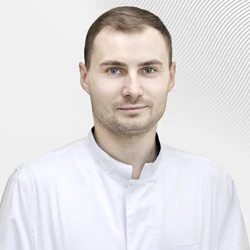
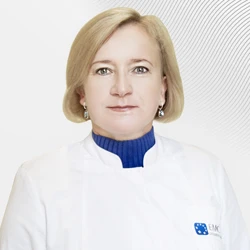
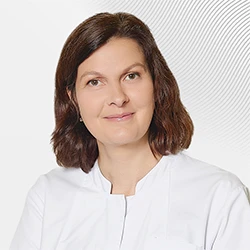
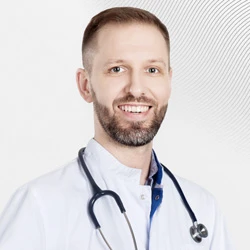
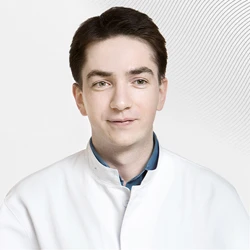
.webp)
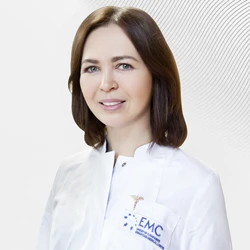
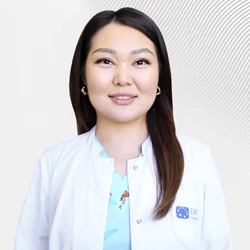
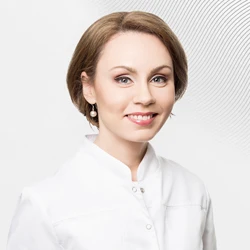

.webp)
